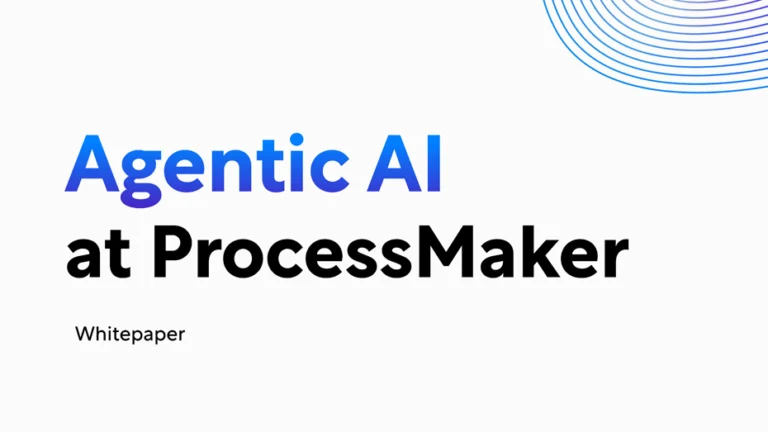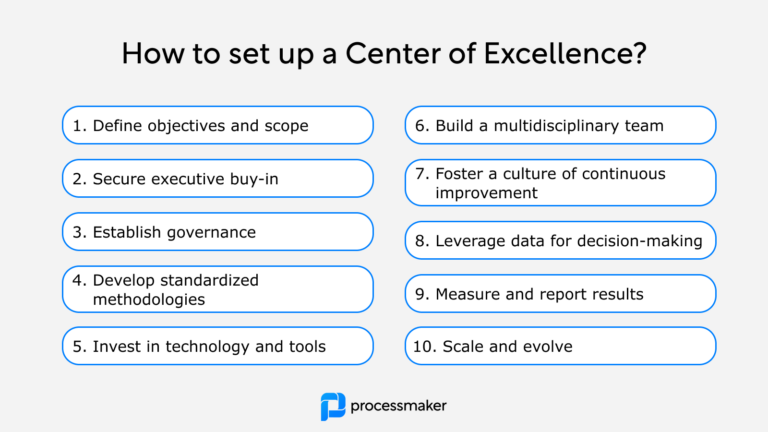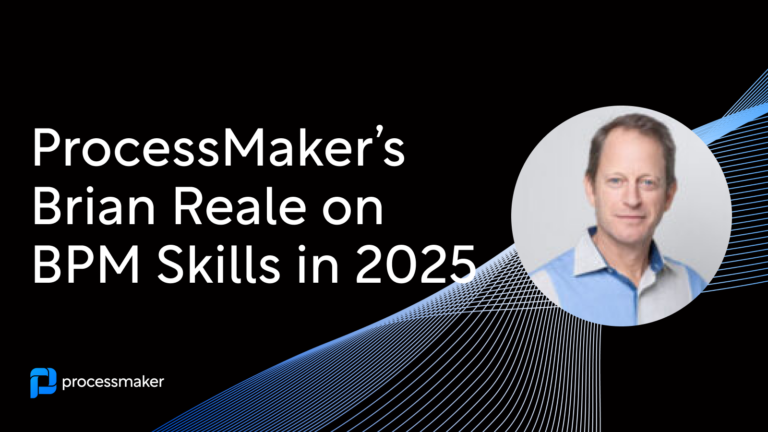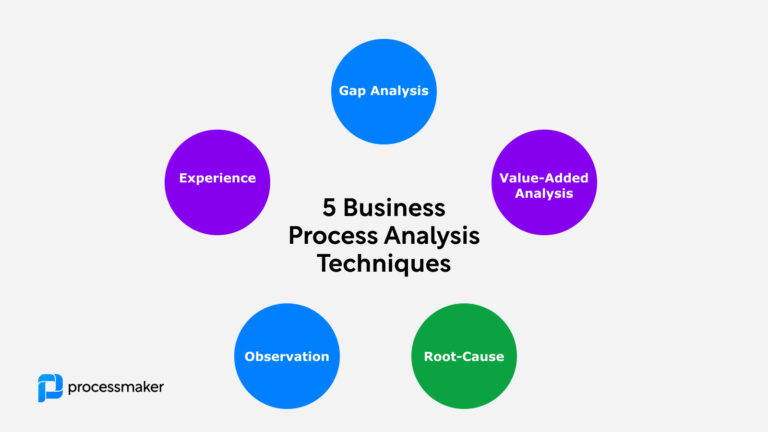Companies lose 20-30% in revenue each year due to inefficient and ineffective processes. These overwhelming losses stem from hours per week of wasted manpower—employees trudge through difficult-to-use systems, rekey data across applications, and repeat convoluted and tedious manual tasks. Bottom line: most organizations feel eternally swamped by a deluge of paperwork and tedious tasks. The manual slog drains motivation, productivity, and most importantly, revenue. This makes a compelling case to calculate BPM ROI for your organization.
Business process management (BPM) platforms help reverse the course by eliminating process bottlenecks, automating tasks, and uniting siloed systems. The strategy is so powerful, that according to one study, the implementation of a BPM can yield an ROI greater than 15%. For one company, automating processes sped up daily duties exponentially, saving their staff over 3,000 working hours per month. Every time you can eliminate a wasteful process, your bottom line reflects improved cost savings.
Quantifying the return on investment of a BPM platform can feel like a complex calculation, but using this ROI toolkit, you can realize the potential revenue gains of implementing a BPM in your organization.
1. Identify revenue-draining business activity
Before implementing a BPM, you’ll need to identify the tasks that most bog down organizational productivity. If you were to remove these bottlenecks, what positive core business-building projects would employees be able to focus on instead?
- Does your sales team spend too much time copy-and-pasting data from your CRM into a final contract that they can’t make their call quota?
- Are accountants juggling too many paper-based processes, slowing reporting time and therefore pace of decision-making?
- Maybe you’re shouldering too many monotonous and manual data points, causing your team to miss costly regulatory deadlines.
By pinpointing a manual workload that’s dragging down your bottom line, you can start to visualize the potential ROI of a BPM platform.
2. Calculate the potential cost savings of automating a repeating manual task
It’s important to understand your current processes so you can measure how long manual tasks are taking your team to complete. Every department within an organization is marred by a varying degree of tasks in need of business process improvement. Accounting teams often lead the way—saddled with all sorts of paperwork like expense reports and invoices, each triggering its own set of recurring tasks.
Surprisingly, 90% of globally processed invoices are still paper-based. This statistic doesn’t come without consequence: one study revealed that each paper invoice can cost a company an average of $30 to process. Using this calculation, you can start to identify the cost savings of a BPM platform that can transform outdated paper-based processes into automated, powerhouse workflows.
3. Calculate the potential cost savings of eliminating a regulatory misstep
Protracted, multi-step processes. Stacks of paperwork frequently exchanged between multiple staff members. Task tracking that relies on manually updated spreadsheets. Sound familiar?
One organization juggled these operational inefficiencies against the clock of government regulations. If they were unable to submit information by a strict deadline, the organization risked losing much needed reimbursements, which translated into a deluge of daily financial losses.
By automating many of the tasks that were causing them to miss regulatory deadlines, the organization was able to reduce accounts receivable by 25% in the first 12 months of BPM deployment.
4. Calculate the potential cost savings of missed opportunities
Plodding away on manual tasks doesn’t only decrease productivity, but damages your ability to grab hold of lucrative opportunities. For instance, a banking team that needs to manually input data into a loan application. However long a representative spends laboring over keyboard clicks and clacks, the fewer new clients they’re able to onboard that day.
By automating the administrative processes behind customer onboarding, you can free up company time to take on more profitable activities, like building relationships with prospective customers, or meeting with new clients.
5. Calculate the cost of your BPM platform
One of the most important considerations in selecting the right BPM platform for your organization comes down to overall cost. While many platforms mask their pricing behind hard-to-decipher usage tiers and secretive surcharges, ProcessMaker is always transparent in its fee structure.
A low-code, cloud-based platform like ProcessMaker is the easiest way to realize BPM ROI. Compared to a fully on-premise solution, a low-code, cloud-based platform empowers all business users to create and manage the processes that will improve revenue without adding to the IT queue. Fully on-premise solutions typically require a bump in IT costs: new developers to manage the logistics of infrastructure like scaling server usage, and expert technical masterminds to program new applications in coding languages like Java and C.
Low-code platforms distribute the workload across your entire workforce. Using drag-and-drop visual designers and libraries of pre-built actions and modules, anyone on your team can start to build the automated processes that will increase productivity and improve the bottom line.
There’s no doubt that automating business processes and workflows improves organizational efficiency and productivity. Despite the obvious troubles of clunky, outdated business systems, some companies are still hesitant to digitize their processes using a BPM platform—“business as usual” feels more comfortable than a system overhaul. When it comes to taking charge of your organization’s processes, contentment only leads to additional revenue losses. By using this ROI toolkit, you can reveal the significant revenue gains your organization can materialize by using the right BPM platform. With the right data in hand, you can quickly gain support from senior management and start empowering your team with the automation and workflow tools they need to exponentially boost productivity.





